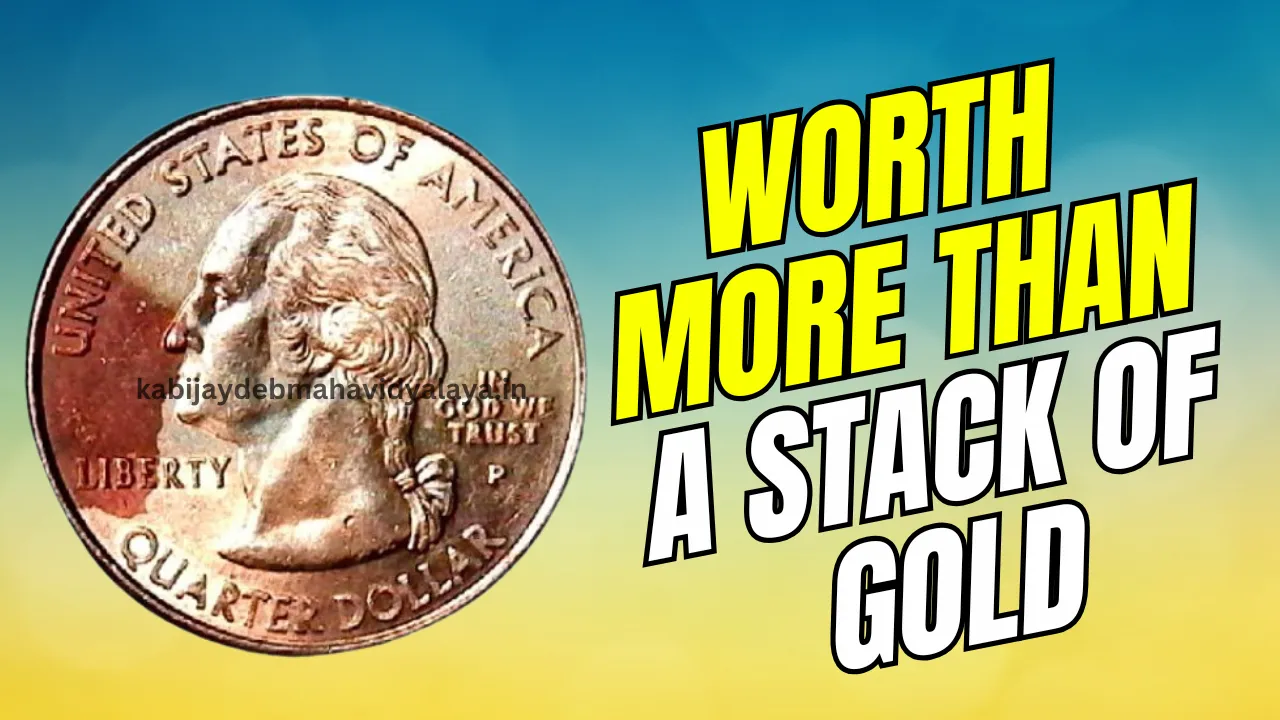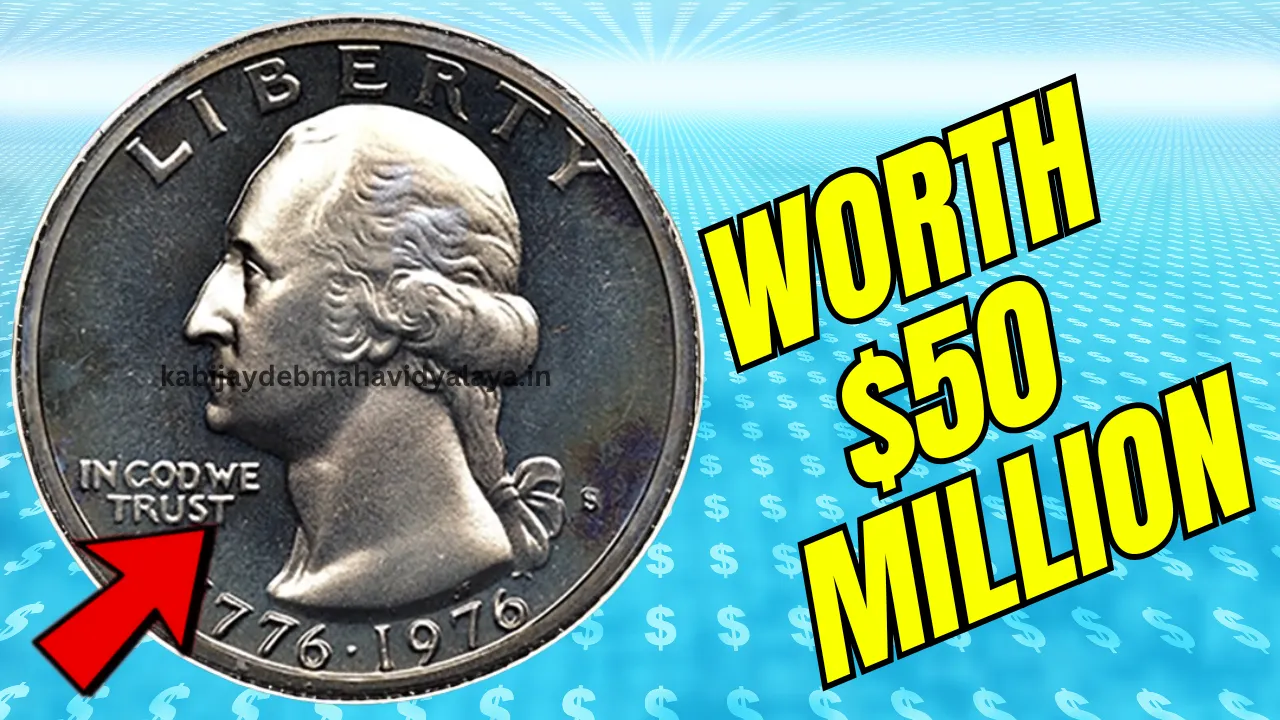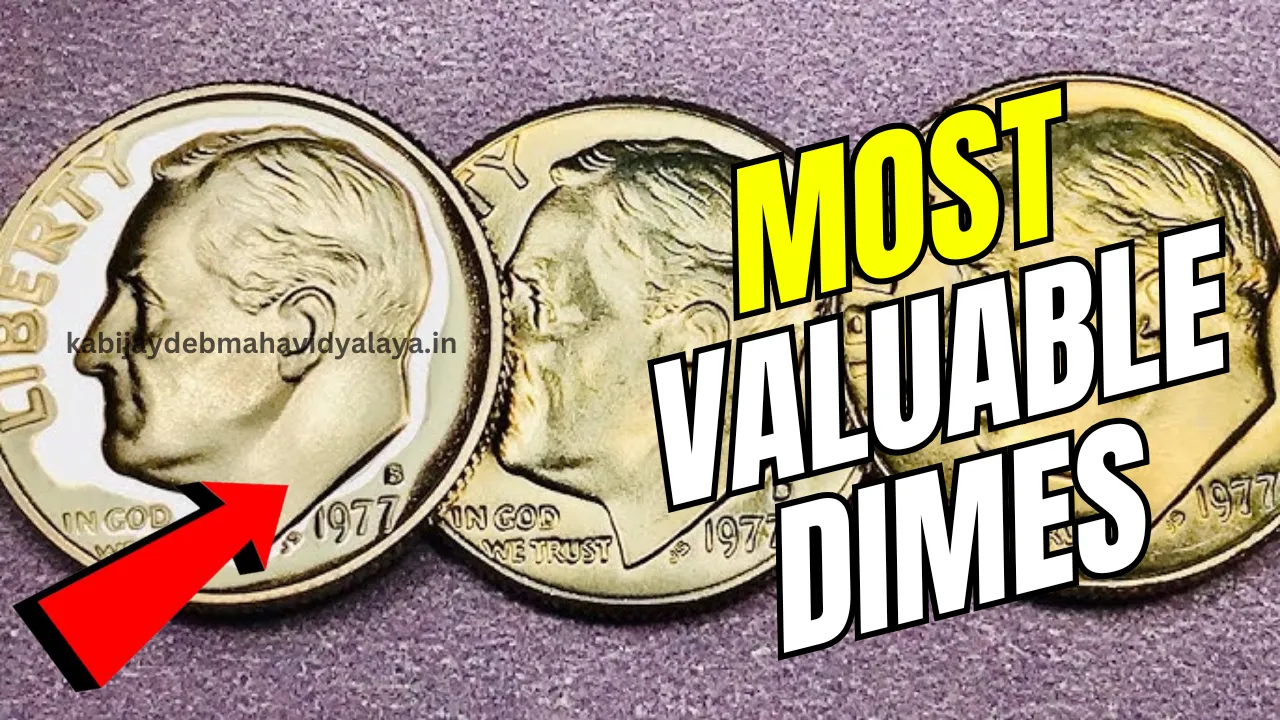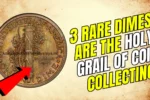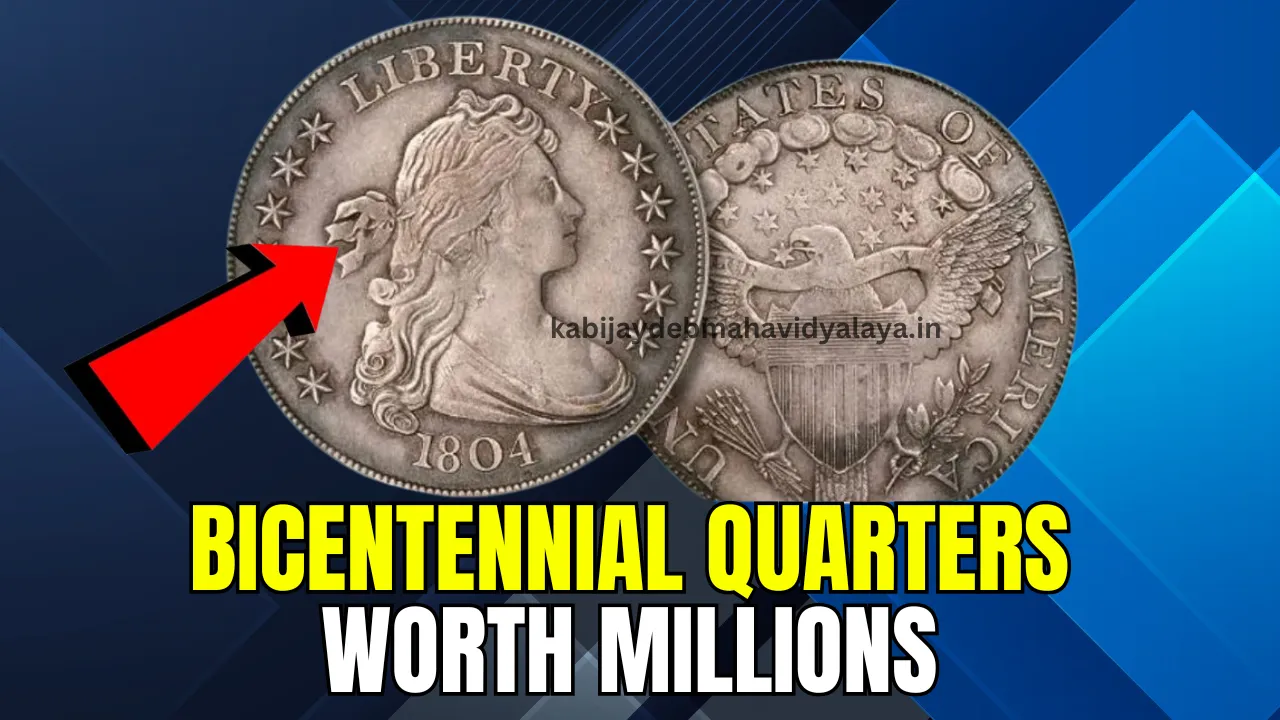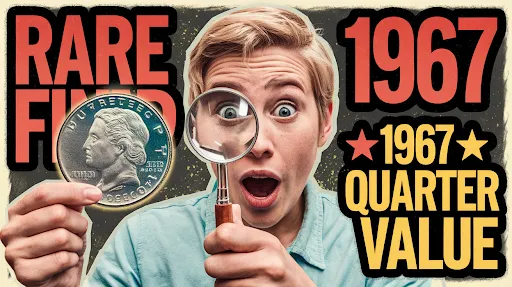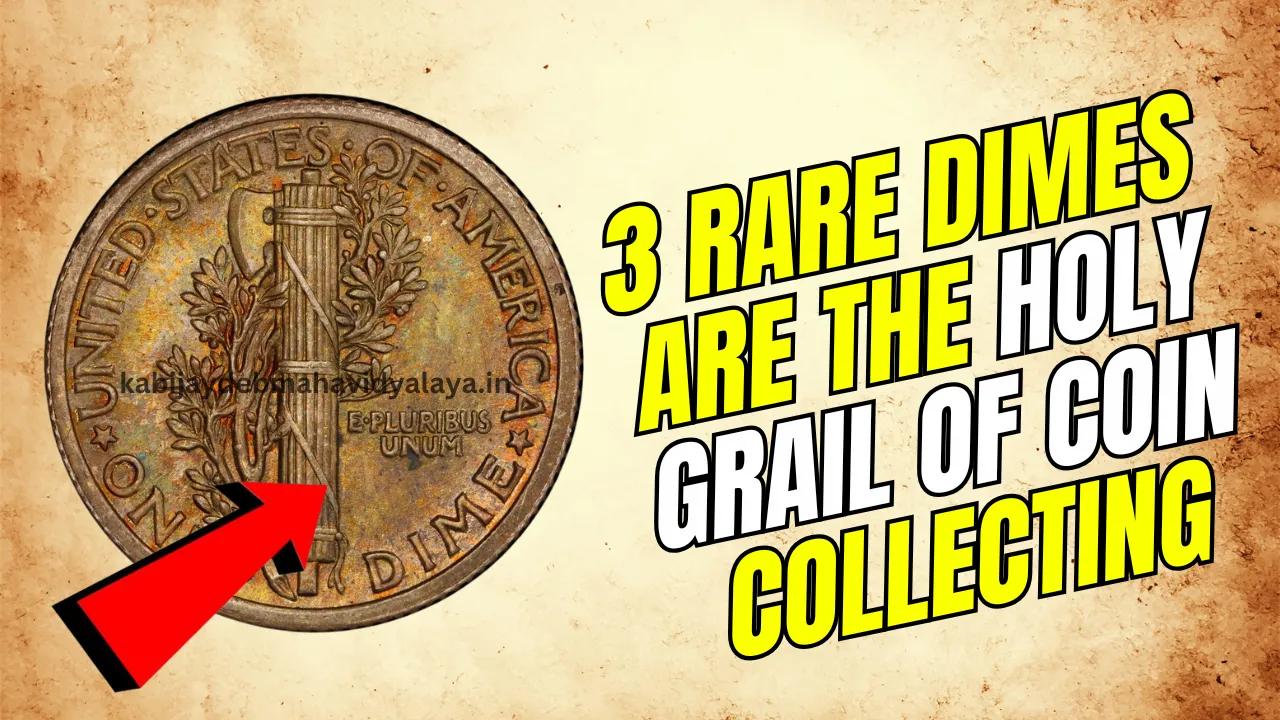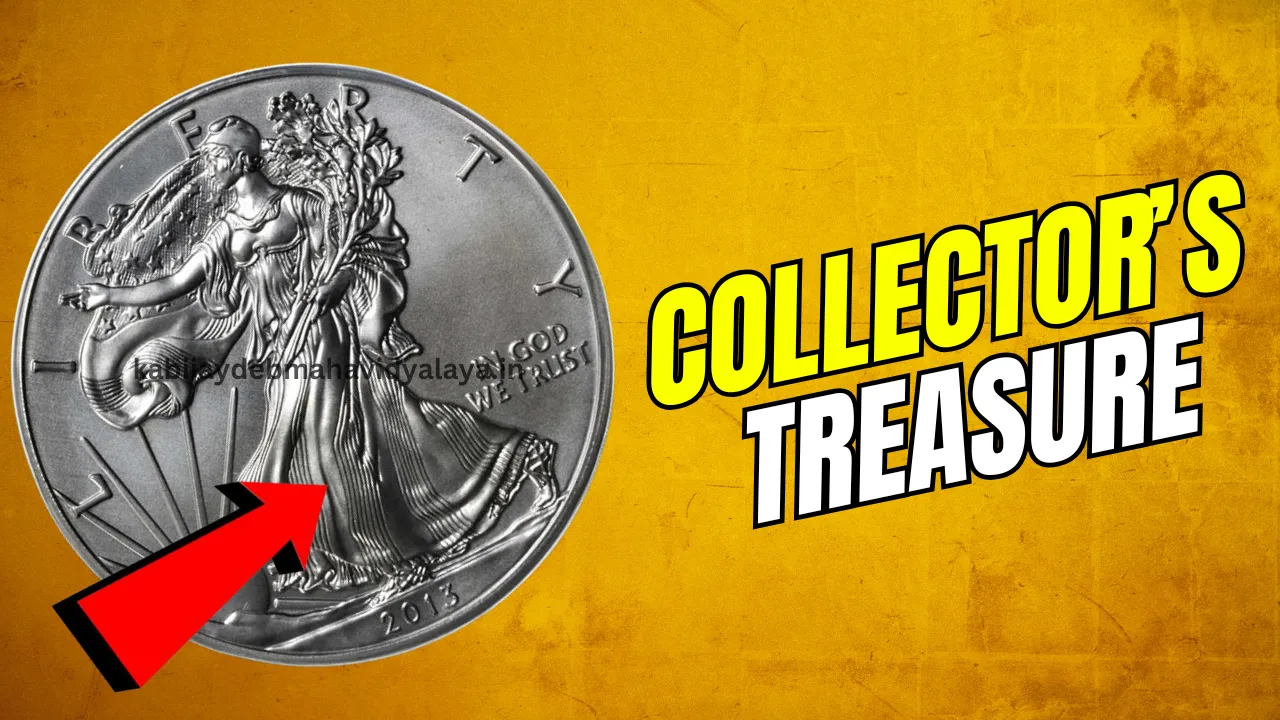Top 3 Bicentennial Quarters That Are Worth More Than a Stack of Gold: Bicentennial Quarters are a special piece of American history, created to commemorate the 200th anniversary of the United States’ independence. These iconic coins, minted in 1975 and 1976, are easily recognized by their unique dual dates (1776–1976) and the colonial drummer design on the reverse. While most Bicentennial Quarters are worth only 25 cents, a select few stand out due to their rarity and unique features. These particular coins have captured the attention of collectors and can be worth more than their weight in gold.
In this article, we’ll explore the top three most valuable Bicentennial Quarters, their unique traits, and how to identify them. Whether you’re a seasoned collector or a curious treasure hunter, this guide will help you uncover the hidden gems in your pocket change or coin collection.
Overview of Rare Bicentennial Quarters
| Type of Quarter | Unique Feature | Estimated Value |
| 1976-S Proof Quarter (No Mint Mark) | Proof coin missing the mint mark | $10,000+ in pristine condition |
| 1976-D Quarter with Clipped Planchet | Incomplete edge due to a minting error | Several thousand dollars |
| 1976 Quarter with Double Die Obverse | Doubling on the obverse side | Tens of thousands of dollars |
Understanding Bicentennial Quarters
Bicentennial Quarters were introduced to honor the 200th anniversary of American independence. Unlike standard quarters, they featured a special reverse design showcasing a colonial drummer, replacing the eagle that typically adorns the coin. These quarters were produced in large numbers across three U.S. Mint locations: Philadelphia, Denver, and San Francisco. While most were released into circulation, some special editions and error coins emerged, elevating their value exponentially.
1. The 1976-S Proof Quarter (No Mint Mark)
Proof coins are designed for collectors, offering a polished finish that sets them apart from regular coins. The 1976-S Proof Quarter was minted in San Francisco, typically bearing the “S” mint mark. However, some of these proof coins lack this mint mark due to a minting error, making them incredibly rare.
- Why It’s Valuable: The absence of the mint mark on a proof coin is a rare anomaly, adding significant value for collectors.
- Estimated Worth: High-grade examples can sell for more than $10,000, particularly if graded by a professional service.
To determine if you have this rare quarter, inspect the coin carefully for the missing “S” mint mark. This proof coin will also have a mirror-like finish, a common trait of proof coins.
2. The 1976-D Quarter with Clipped Planchet
The clipped planchet error occurs during the minting process when the metal sheet used to make coins is not cut properly, resulting in an incomplete or clipped edge. These errors are rare and add a unique charm to any coin collection.
- Why It’s Valuable: The clipped planchet error is not something you encounter every day, and its scarcity makes it highly collectible.
- Estimated Worth: Depending on the condition and size of the clip, these quarters can fetch several thousand dollars.
Collectors can spot this error by examining the coin’s edge for an irregular or incomplete portion. Be cautious not to confuse this with post-mint damage, as genuine errors have distinct characteristics.
3. The 1976 Bicentennial Quarter with Double Die Obverse
A double die obverse error is a fascinating mistake that occurs when the die used to strike the coin shifts slightly, imprinting the design twice. This results in a visible doubling effect on the text or imagery. For the 1976 Bicentennial Quarter, this error is most noticeable in the lettering on the obverse side (the side with George Washington’s profile).
- Why It’s Valuable: Double die errors are rare and highly sought after by collectors due to their striking visual appeal and uniqueness.
- Estimated Worth: A high-grade 1976 Bicentennial Quarter with this error can be worth tens of thousands of dollars.
Carefully examine the lettering under magnification to identify this error. If the doubling is prominent and the coin is in good condition, it’s worth considering professional grading.
How to Spot Rare Bicentennial Quarters
If you’re eager to identify valuable Bicentennial Quarters, follow these steps:
- Check the Mint Mark: Look for missing mint marks on proof coins, especially the 1976-S Proof Quarter.
- Inspect for Errors: Use a magnifying glass to spot errors like clipped planchets or doubled letters on the obverse.
- Evaluate Condition: Coins in mint or uncirculated condition (graded MS-65 or higher) are more valuable.
- Seek Professional Opinion: If you suspect your quarter is rare, consult a coin grading service like PCGS or NGC for verification.
Why Are Some Bicentennial Quarters So Valuable?
The value of certain Bicentennial Quarters lies in their combination of rarity and historical importance. Coins with minting errors, such as clipped planchets or double die obverses, are inherently scarce, which drives demand. Additionally, proof coins like the 1976-S Proof Quarter without a mint mark are collector favorites due to their limited availability and unique features.
Collectors prize these coins not just for their monetary value but also for the stories they represent—mistakes and anomalies that set them apart from millions of ordinary coins.
Tips for Selling Rare Bicentennial Quarters
If you’ve identified a rare Bicentennial Quarter, here’s how to maximize its value:
- Get It Graded: Professional grading confirms the coin’s authenticity and condition, significantly increasing its market value.
- Choose the Right Marketplace: Consider selling through online platforms like eBay, auction houses, or trusted numismatic dealers.
- Research Current Prices: Check recent sales of similar coins to understand market trends and set realistic expectations.
- Highlight Unique Features: Emphasize the coin’s rare attributes, such as errors or missing mint marks, when listing it for sale.
FAQs About Bicentennial Quarters
How can I tell if my Bicentennial Quarter is rare?
Look for missing mint marks, minting errors like clipped planchets, or doubling in the text on the obverse.
What makes a Bicentennial Quarter valuable?
Its rarity, historical significance, and unique errors like double dies or clipped planchets make it valuable.
How much is a rare Bicentennial Quarter worth?
Depending on the coin’s rarity and condition, it can range from a few hundred dollars to over $10,000.
Where can I sell my Bicentennial Quarter?
You can sell through auctions, online marketplaces, or reputable numismatic dealers.
Should I get my quarter graded?
Yes, grading can authenticate your coin and increase its market value, especially if it’s in excellent condition.
Final Thoughts
Bicentennial Quarters are not just nostalgic mementos but potential treasures for those who know what to look for. With their unique designs and occasional errors, they can be worth far more than their face value. Whether you’re a collector or someone hoping to cash in on a rare find, taking the time to inspect your quarters could lead to a lucrative discovery.
Have you uncovered any rare Bicentennial Quarters in your collection? Share your story in the comments below and explore more about collectible coins with us!
